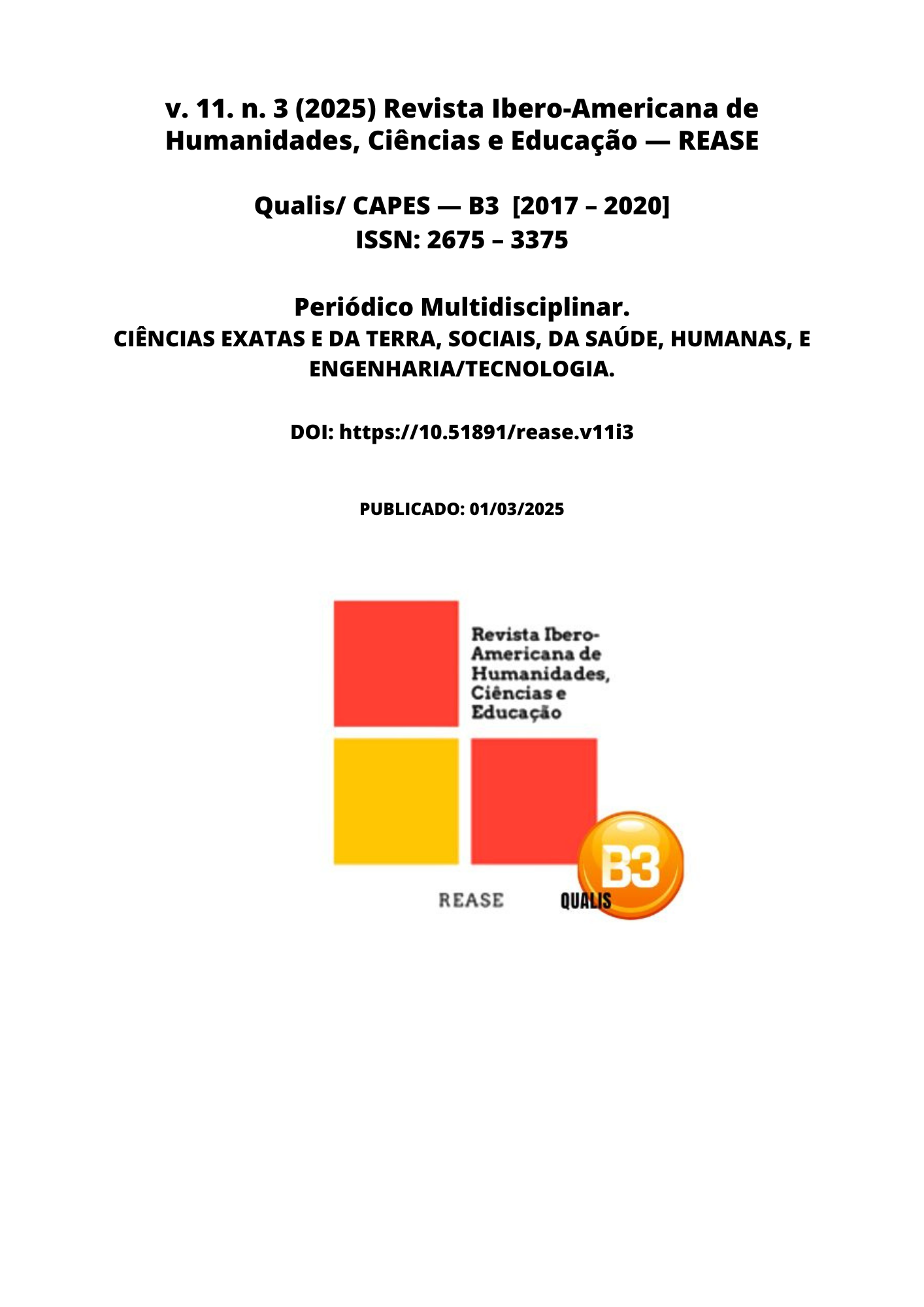NEONATAL JAUNDICE
DOI:
https://doi.org/10.51891/rease.v11i3.18349Keywords:
Neonatal jaundice. Hyperbilirubinemia. Phototherapy.Abstract
This article focused on investigating neonatal jaundice, exploring its causes, diagnostic methods and treatment options. To this end, a systematic review of the literature was carried out, in which significant studies dealing with the prevalence of jaundice, hyperbilirubinemia and applicable therapeutic protocols were selected and analyzed. The results obtained revealed that neonatal jaundice is a prevalent disease, affecting approximately 60% of full-term newborns and up to 80% of premature babies. Hyperbilirubinemia, resulting from the immaturity of the liver, is the main etiology of the condition. Phototherapy stood out as the most effective therapeutic intervention in reducing bilirubin levels, in cases reported by neonatal jaundice, while exchange transfusion was cited for more severe cases. Emphasizing that guidance to parents about the condition and promotion of breastfeeding were considered crucial for the effective care. In conclusion, the findings emphasize the importance of early detection and appropriate treatment of neonatal jaundice, highlighting the need for updated clinical guidelines and ongoing observations by healthcare professionals.
Downloads
Downloads
Published
How to Cite
Issue
Section
Categories
License
Atribuição CC BY

